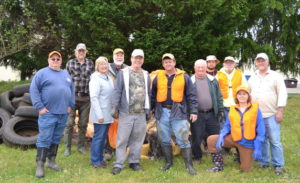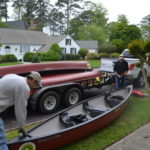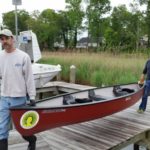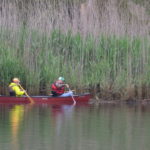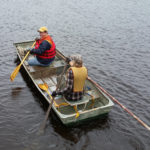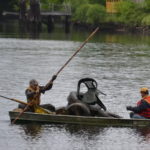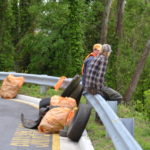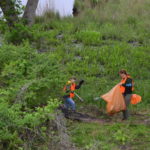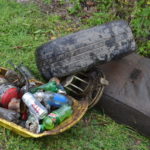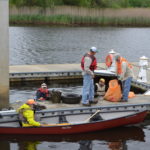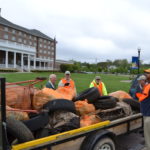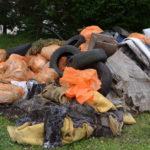The View From A Canoe
Canoes Help Make Adopt-A-Stream Project a Success
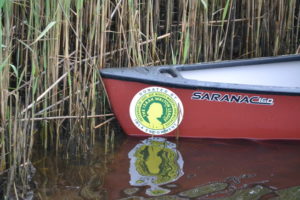 After much anticipation, the Suffolk-Nansemond Chapter of the IWLA was finally able to put canoes in the water and execute their first Adopt-A-Stream project on April 30th, 2016. As a result of a grant from the IWLA Endowment the chapter was able to purchase six canoes. The chapter was also able to purchase life jackets, paddles and the other equipment needed to complete outfitting them with the grant funds. The canoes are also being put to good use by several Boy Scout troops that utilize our park as well as other members of the chapter.
After much anticipation, the Suffolk-Nansemond Chapter of the IWLA was finally able to put canoes in the water and execute their first Adopt-A-Stream project on April 30th, 2016. As a result of a grant from the IWLA Endowment the chapter was able to purchase six canoes. The chapter was also able to purchase life jackets, paddles and the other equipment needed to complete outfitting them with the grant funds. The canoes are also being put to good use by several Boy Scout troops that utilize our park as well as other members of the chapter.
Much planning, coordination and support went into the event. It takes a coordinated effort on the part of many organizations to make a project like this successful. The Virginia Department of Conservation and Recreation supported us by supplying work gloves, trash bags and safety vests. The City of Suffolk Public Works supplied grabber tools and arranged for the final disposal of the materials we collected. The City of Suffolk Parks and Recreation supported us by designating a trash collection point.
Through the Virginia Department of Conservation and Recreation’s Adopt-A-Stream program, the chapter adopted the section of the Nansemond River from the dam that creates Lake Meade to just below the Hilton Garden Inn Marina. Access to most of this section of the river is all but impossible by foot due to the steep banks and marshy shoreline. Currently there are no public boat launches within this area of Suffolk so access is limited to canoes or kayaks. Local residents Joseph Verdirame and Mike Forbes provided invaluable support by allowing the chapter to use their private piers to launch our canoes. The city is in the process of building a public canoe and kayak launch adjacent to the marina for possible future use.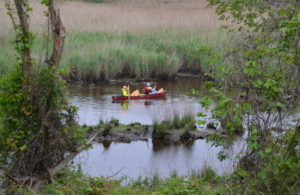
Twenty five chapter volunteers participated in the project. Twenty eight bags of trash were collected as well as 34 tires, four shopping carts, a flat screen TV and other miscellaneous trash and debris. In total, approximately 3,000 pounds of material were removed from just over a half mile of the river. Members also mapped additional tires and other larger items that were not retrievable by canoe during this clean-up event.
The initial event was a big success, but we still have work to do. Looking at the views out across the river you might not notice much of the trash and debris present in and around the river. An up close look from a canoe reveals a completely different picture. Several more clean-up events will be needed to cover the entire section of river. Now that the first clean-up is completed it’s time to start planning for the next one.
View the slide show to see the events of the day.


